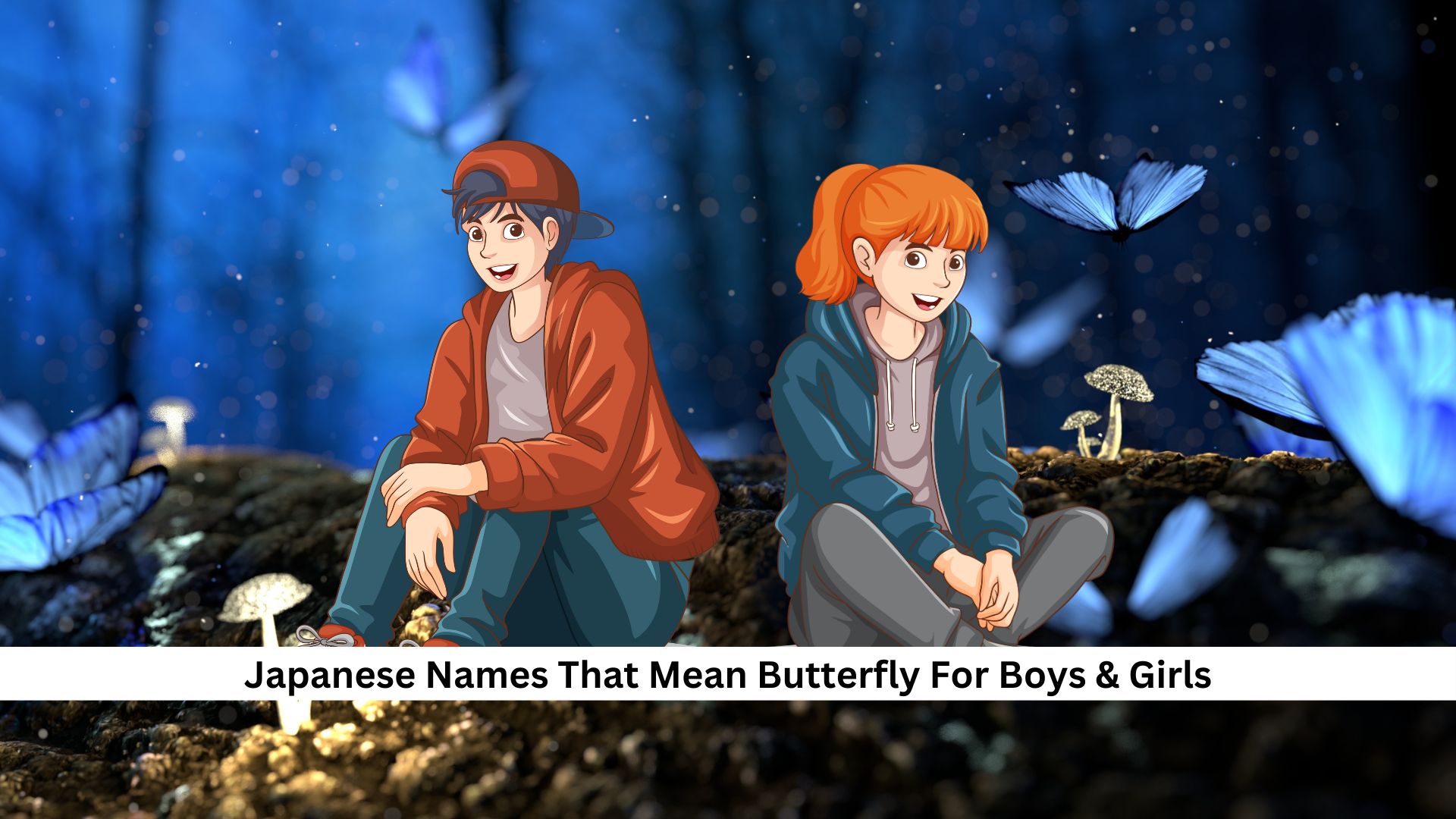Exploring the 120 Japanese names that mean ‘butterfly,’ we dive into a rich cultural and linguistic tradition. The butterfly symbolizes change and fleeting beauty, themes deeply woven into these names. They’re not just labels; they inspire a hopeful path for those who carry them.
These names do more than sound beautiful. They give a person a sense of identity, mixing strength with gentleness. Let’s think about how a name might shape someone’s life. Isn’t it interesting how a simple name can mean so much?
List of Japanese Boy Names Inspired by Butterflies
Let’s get into some Japanese boy names inspired by butterflies, showcasing beauty and change. Take ‘Ageha,’ meaning ‘swallowtail butterfly.’ It beautifully represents grace and the remarkable changes we go through in life, much like a child growing up.
Then there’s ‘Kochou,’ which translates to ‘butterfly.’ It’s all about big transformations, reflecting those major shifts we sometimes face. These names don’t just capture the beauty and delicacy of butterflies; they also hold deep cultural values. They remind us of resilience and adaptability, qualities we see in butterflies that change dramatically to reveal their beauty.
- Aoi (青井) – “Blue” Blue is a common color in butterfly wings.
- Takumi (匠) – “Artisan” Symbolizes the intricate and delicate art of butterfly wings.
- Riku (陸) – “Land” Butterflies live both on land and in the air.
- Shinobu (忍) – “Endurance” Represents the butterfly’s resilience through its metamorphosis.
- Kaito (海斗) – “Ocean/Big Dipper” Butterflies are sometimes seen near water sources.
- Sora (空) – “Sky” Butterflies are often seen fluttering in the sky.
- Haruki (春樹) – “Spring Tree” Spring is the season when butterflies are most active.
- Ryo (涼) – “Cool” Butterflies are often associated with the beauty of cool, natural environments.
- Kazu (和) – “Harmony” Butterflies symbolize peace and harmony in nature.
- Yuto (優斗) – “Gentle/Big Dipper” Reflects the delicate and gentle nature of butterflies.
- Souta (蒼太) – “Blue/Thick” Blue is a common butterfly color, and the name evokes the vibrant blue of butterfly wings.
- Hiro (広) – “Wide” Represents the wide variety of butterfly species and their expansive flight.
- Daiki (大輝) – “Great Light” Symbolizes the bright and radiant beauty of butterflies.
- Kohaku (琥珀) – “Amber” Amber is a color found in some butterfly species.
- Kento (健人) – “Healthy Person” Butterflies are often seen as symbols of renewal and vitality.
- Tsubasa (翼) – “Wings” Directly refers to the wings of a butterfly.
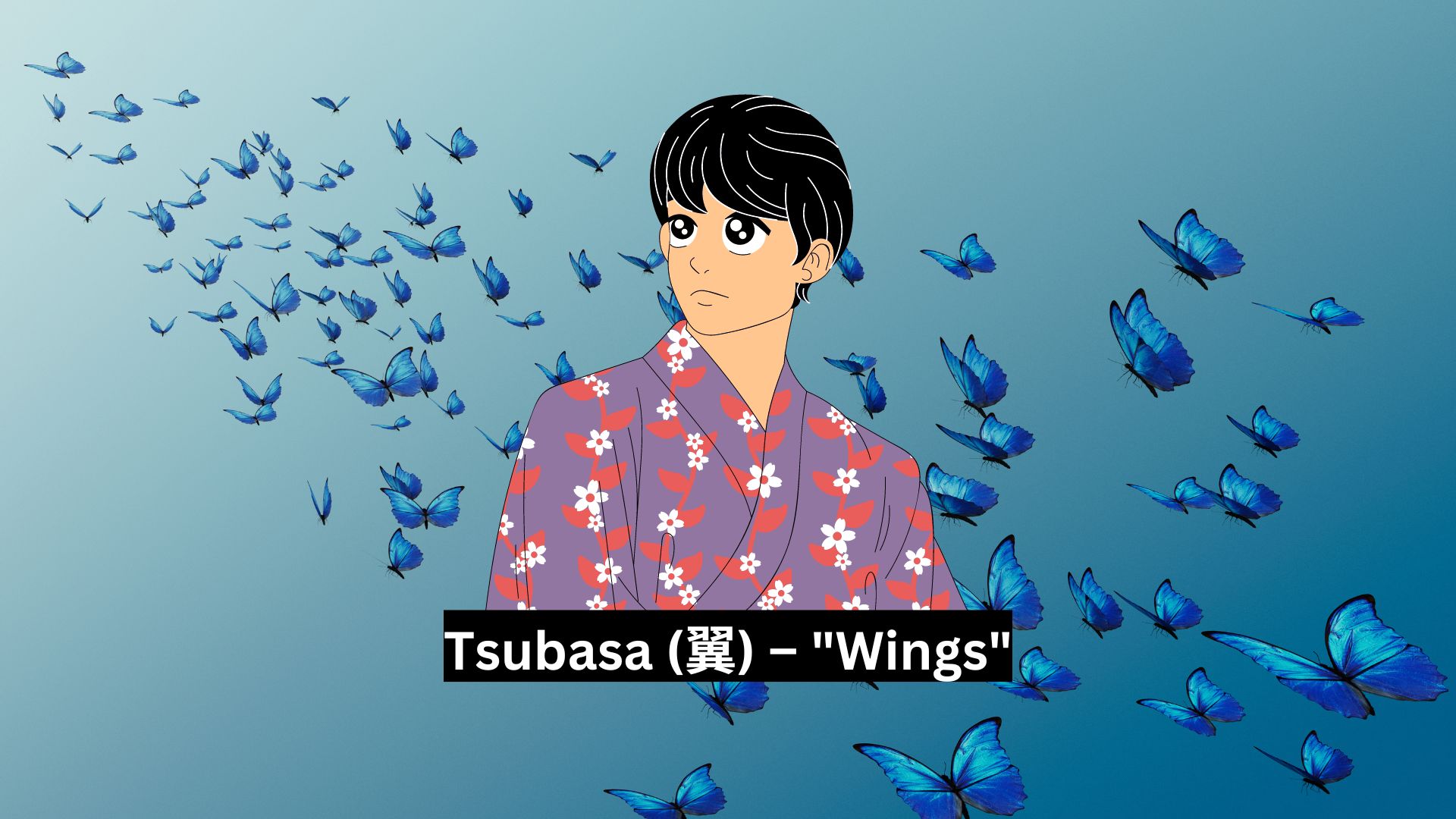
- Kei (慶) – “Celebration” Butterflies are often associated with celebrations and beauty.
- Haruto (陽斗) – “Sun/Big Dipper” Butterflies are frequently seen in sunny environments.
- Shiro (白) – “White” Some butterflies are predominantly white in color.
- Ryohei (涼平) – “Cool Peace” Represents the peaceful and calm nature of butterflies.
- Nobu (信) – “Trust” Reflects the trust in nature’s beauty, represented by butterflies.
- Kaito (快斗) – “Quick/Big Dipper” Refers to the swift and graceful flight of butterflies.
- Shin (真) – “Truth” Butterflies symbolize the pure and true essence of nature.
- Taku (拓) – “Expand” Symbolizes the exploration and expansion of a butterfly’s flight.
- Ren (蓮) – “Lotus” Lotus flowers are often visited by butterflies.
- Yuki (幸) – “Happiness” Butterflies are often symbols of happiness and transformation.
- Eiji (英治) – “Bright Ruler” Reflects the brightness and elegance of butterflies.
- Shunya (春夜) – “Spring Night” Butterflies are active during springtime, a season of renewal.
- Riku (陸) – “Land” Refers to butterflies’ presence both on land and in the air.
- Atsushi (厚志) – “Warm Heart” Represents the warm and inviting nature of butterflies.
- Kou (光) – “Light” Symbolizes the lightness and brightness of butterfly wings.
- Shun (俊) – “Talented” Reflects the grace and elegance of butterflies.
- Ryu (龍) – “Dragon” In Japanese culture, butterflies are sometimes associated with dragons.
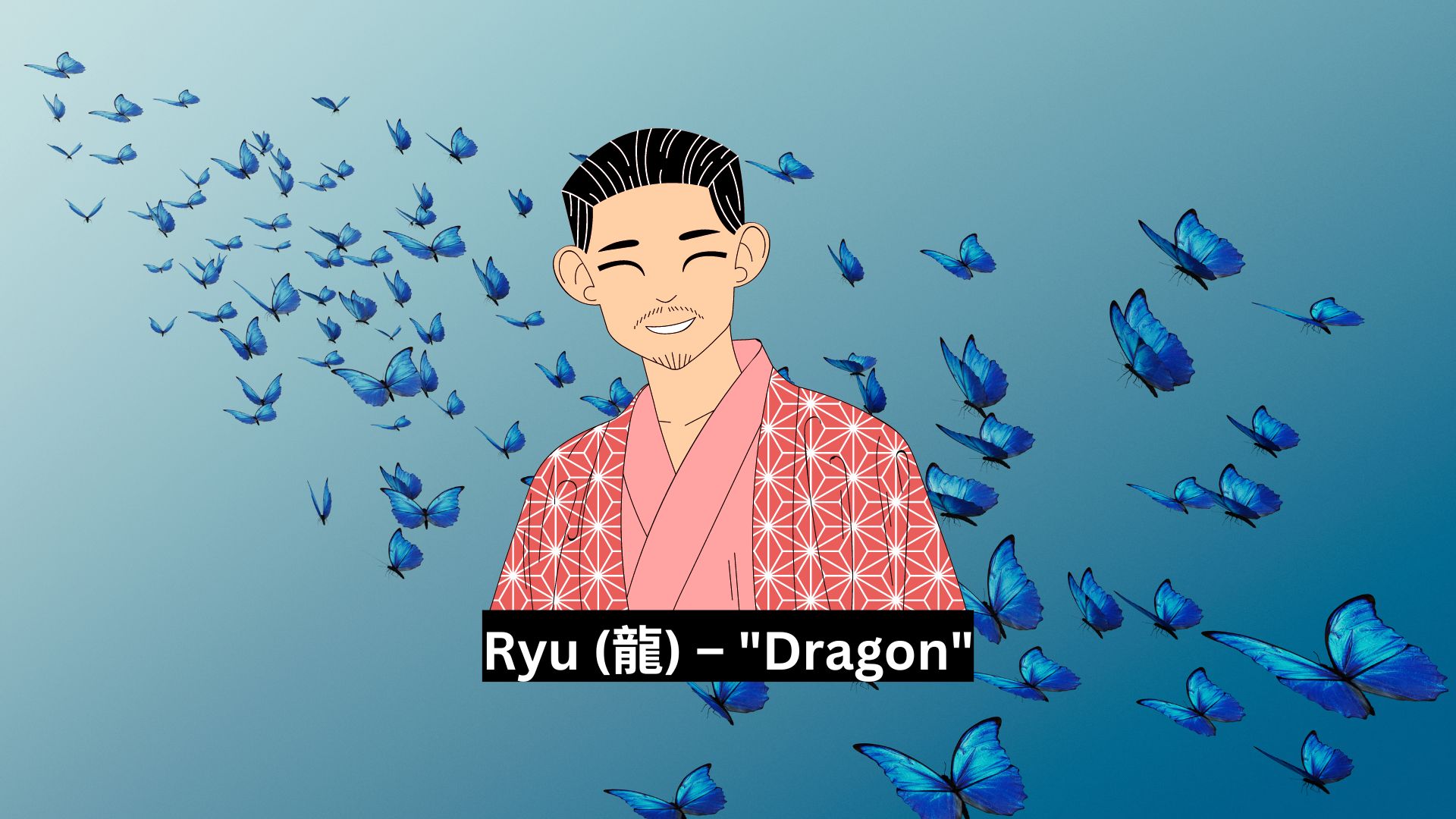
- Yusuke (優介) – “Gentle Assistance” Represents the gentle and helpful nature of butterflies in ecosystems.
- Kazuya (和也) – “Harmony and Also” Represents the harmony butterflies bring to their environment.
- Kyo (京) – “Capital” Reflects the significance of butterflies in Japanese culture.
- Taichi (大智) – “Great Wisdom” Represents the wisdom and transformation associated with butterflies.
- Haru (春) – “Spring” Butterflies are most commonly seen in springtime.
- Sho (翔) – “Fly” Directly relates to the flying nature of butterflies.
- Koichi (光司) – “Light and Rule” Reflects the light and delicate nature of butterfly wings.
- Fumi (文) – “Literature” Symbolizes the delicate beauty and intricate patterns of butterfly wings.
- Ryoji (涼司) – “Cool Director” Represents the coolness and elegance of butterflies.
- Taiki (大輝) – “Great Light” Symbolizes the bright and radiant beauty of butterflies.
- Masa (正) – “Correct” Reflects the precision and perfection in the patterns of butterfly wings.
- Yoshi (良) – “Good” Represents the positive and beautiful aspects of butterflies.
- Ryota (涼太) – “Cool and Thick” Evokes the coolness and vibrancy of butterfly colors.
- Kensuke (健介) – “Healthy Assistance” Symbolizes the vitality and support butterflies bring to ecosystems.
- Tomo (智) – “Wisdom” Reflects the wisdom and transformation associated with butterflies.
- Jin (仁) – “Benevolence” Represents the benevolent and gentle nature of butterflies.
- Sosuke (創介) – “Creative Assistance” Symbolizes the creativity and beauty found in butterfly patterns.
- Kazuhiro (和宏) – “Harmony and Generous” Represents the harmony and generosity found in the beauty of butterflies.
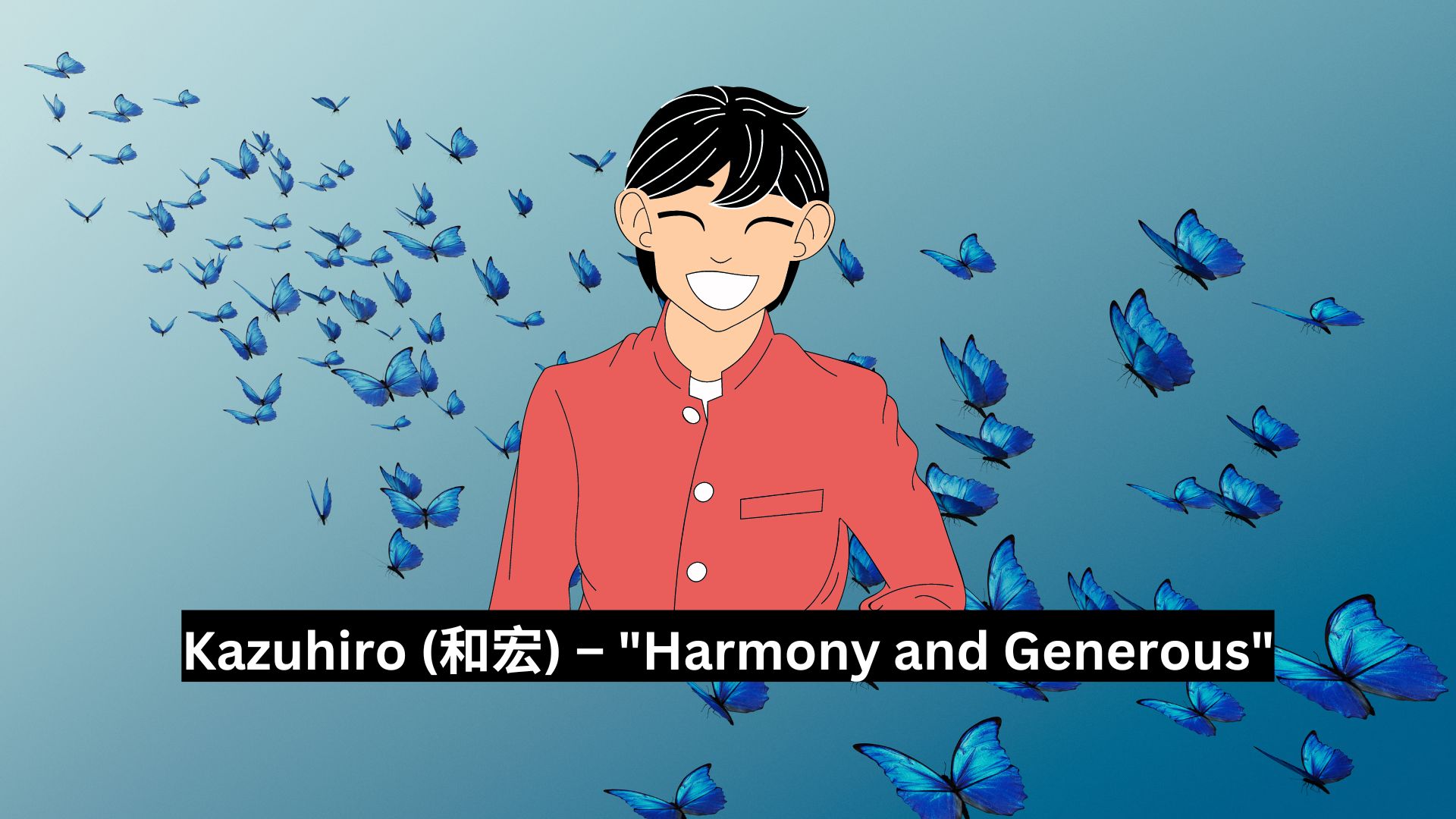
- Nori (則) – “Rule” Reflects the rule and order found in butterfly wing patterns.
- Hikaru (光) – “Light” Symbolizes the light and delicate nature of butterfly wings.
- Ryo (涼) – “Cool” Represents the cool and refreshing beauty of butterflies.
- Toru (徹) – “Thorough” Reflects the intricate and thorough patterns of butterfly wings.
- Yuma (優真) – “Gentle Truth” Symbolizes the gentle and true essence of butterflies.
- Yuji (勇司) – “Brave and Rule” Reflects the bravery and elegance of butterflies.
- Kai (海) – “Sea” Butterflies are often seen near bodies of water.
- Saito (才人) – “Talented Person” Represents the talent and grace of butterflies.
- Koichi (公一) – “Public First” Reflects the prominence and beauty of butterflies in nature.
- Mikio (幹男) – “Tree Man” Represents the butterflies’ relationship with trees and plants.
- Kenji (健司) – “Healthy Rule” Symbolizes the health and vitality associated with butterflies.
- Hiroki (広樹) – “Wide Tree” Represents the wide variety of butterflies and their habitat.
- Shou (昇) – “Rise” Reflects the rising and fluttering motion of butterflies.
- Tetsuya (哲也) – “Philosophy and Also” Symbolizes the philosophical nature of transformation seen in butterflies.
Related Post – 115+ Japanese Names Meaning Moon For Boys & Girls
List of Japanese Girl Names Inspired by Butterflies
Wrapping up our look at girl names inspired by butterflies, we’ve found some beautiful options that echo the charm and transformation these creatures are known for. Chouko (蝶子), or ‘butterfly child,’ captures the purity and big changes butterflies go through. Cho (蝶) is short but impactful, simply meaning ‘butterfly.’ Kochou (胡蝶) means ‘transformation,’ perfectly reflecting the butterfly’s journey from a caterpillar. Lastly, Choumi (蝶美) blends the words for butterfly and beauty, underlining the visual charm of butterflies. These names don’t just showcase physical beauty; they also carry deep meanings from Japanese culture.
- Chouko (蝶子) – Butterfly child
- Hachi (蜂) – Bee, represents the pollination partnership with butterflies
- Ageha (揚羽) – Swallowtail butterfly
- Mura (斑) – Speckled, like butterfly wings
- Kimi (黄実) – Golden fruit, reminiscent of butterfly egg color
- Hane (羽) – Wing
- Iro (彩) – Color, reflecting butterfly wing patterns
- Tsubasa (翼) – Wings
- Akane (茜) – Deep red, like some butterfly species
- Chika (千花) – Thousand flowers, butterflies’ food source
- Emi (笑美) – Beautiful smile, like a butterfly’s graceful flight
- Haru (春) – Spring, when butterflies emerge
- Hikari (光) – Light, which attracts butterflies
- Kaede (楓) – Maple, a tree that attracts butterflies
- Kira (綺羅) – Glittering, like sunlight on butterfly wings
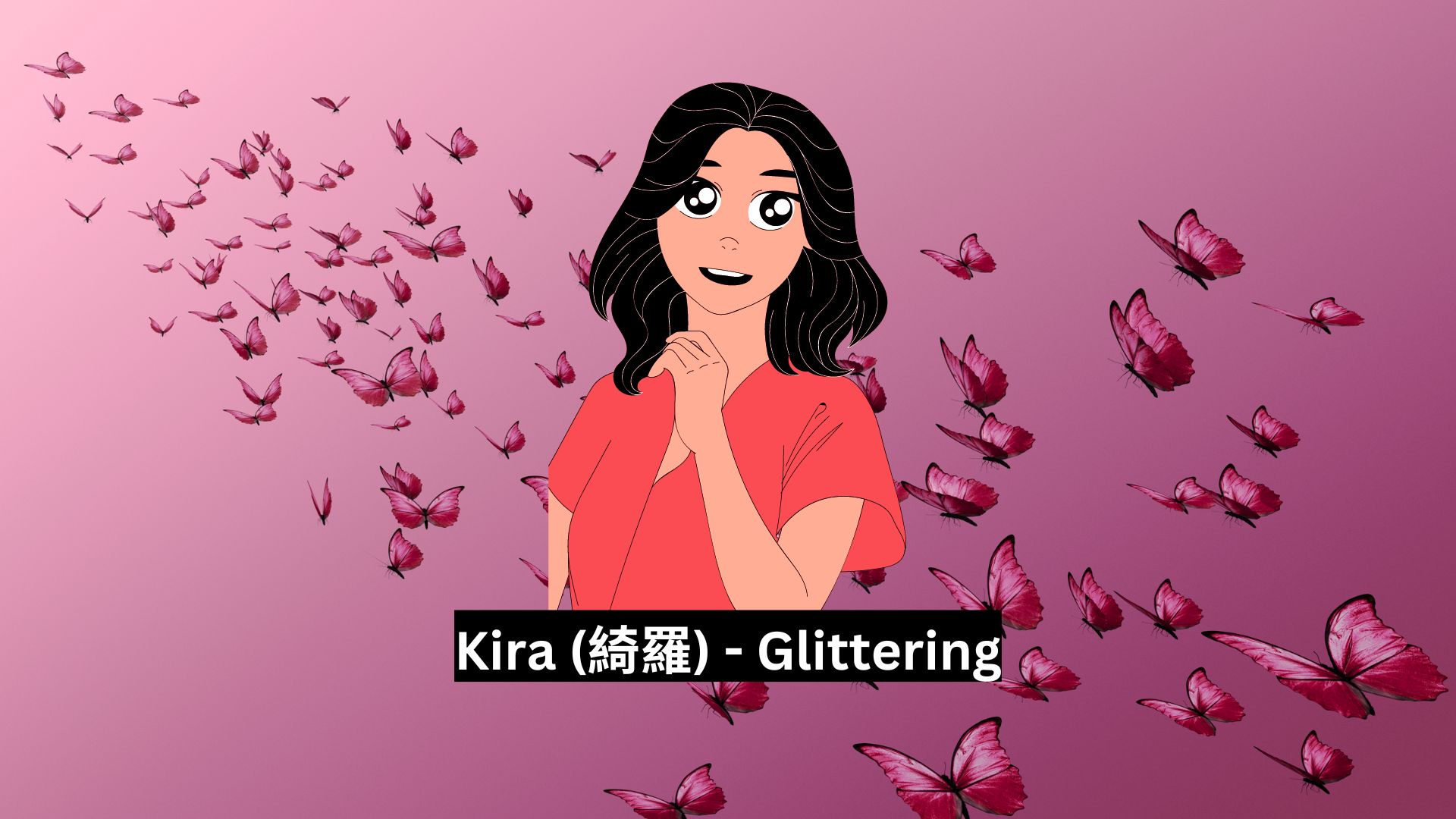
- Machi (待ち) – Awaiting, like the chrysalis stage
- Nami (波) – Wave, similar to a butterfly’s flight pattern
- Rin (凛) – Dignified, like a butterfly’s poise
- Saki (咲) – Blossom, attracts butterflies
- Yumi (弓) – Bow, shaped like some butterfly wings
- Zuki (月) – Moon, nocturnal butterflies are drawn to it
- Aoi (葵) – Hollyhock, a butterfly-attracting flower
- Fumi (文) – Letter, like the patterns on butterfly wings
- Hina (雛) – Chick, representing metamorphosis
- Kei (佳) – Excellent, like a butterfly’s beauty
- Mako (真子) – True child, as pure as a butterfly
- Nozomi (望) – Hope, symbolized by butterflies
- Rei (麗) – Lovely, like a butterfly’s appearance
- Sora (空) – Sky, where butterflies fly
- Yuka (有花) – Fragrant flower, attracting butterflies
- Aki (秋) – Autumn, when some butterflies migrate
- Ema (恵麻) – Blessed linen, like delicate butterfly wings
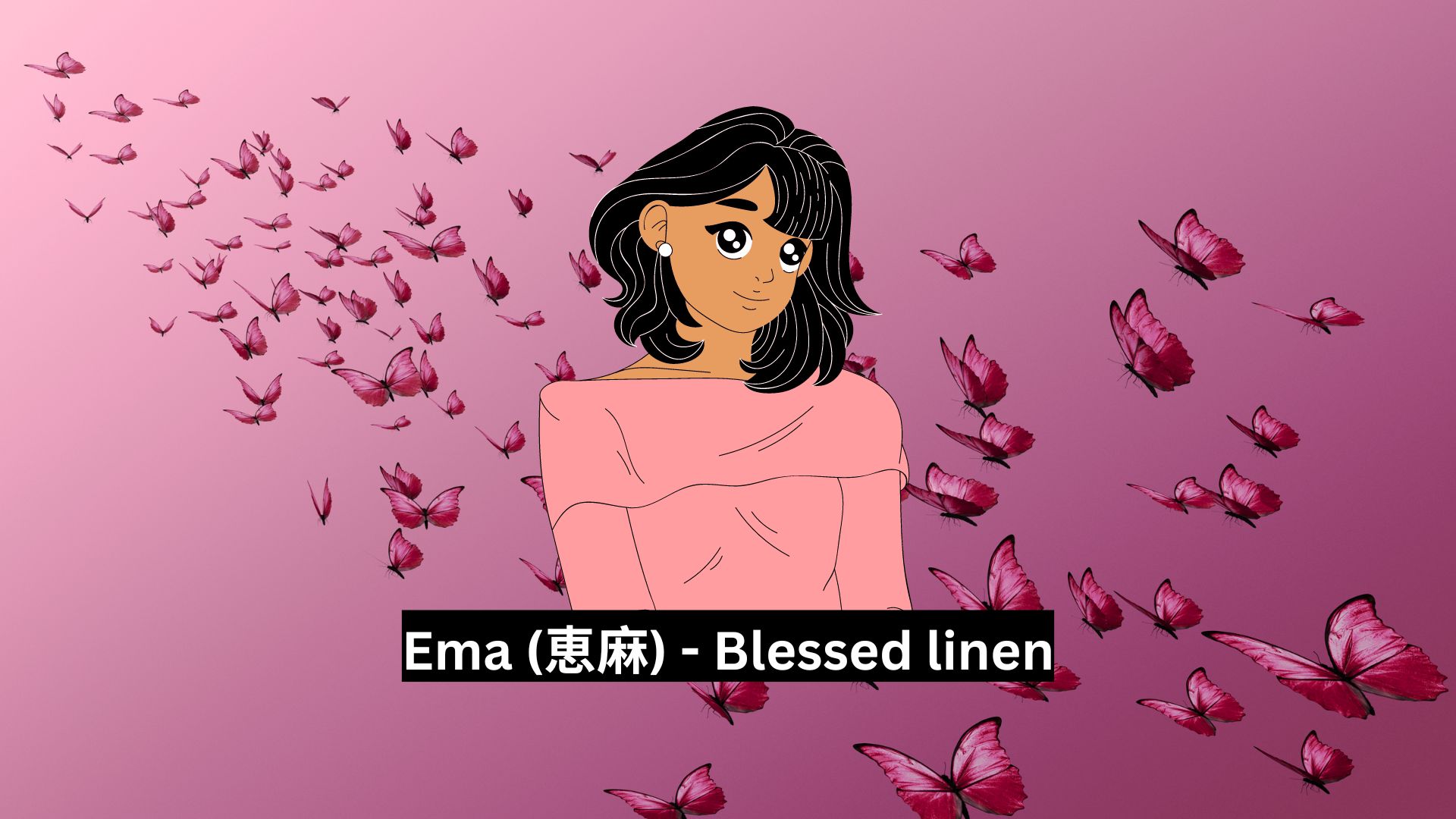
- Hoshi (星) – Star, guiding night butterflies
- Koko (胡蝶) – Butterfly
- Mio (美緒) – Beautiful thread, like a butterfly’s proboscis
- Nana (七) – Seven, the number of days in a butterfly’s lifespan
- Ruka (流花) – Flowing flower, visited by butterflies
- Suzu (鈴) – Bell, shaped like some butterfly chrysalises
- Yuri (百合) – Lily, a butterfly-attracting flower
- Asa (麻) – Linen, as soft as butterfly wings
- Etsuko (悦子) – Joyful child, like a butterfly’s dance
- Hotaru (蛍) – Firefly, nocturnal like some butterflies
- Kumi (久美) – Everlasting beauty, like a butterfly’s legacy
- Miyuki (深雪) – Deep snow, contrasting with a butterfly’s delicacy
- Nori (典) – Rule, like the predictable stages of a butterfly’s life
- Rumi (留美) – Staying beauty, like a butterfly paused on a flower
- Tama (玉) – Jewel, as precious as a rare butterfly
- Yoko (陽子) – Sun child, butterflies bask in sunlight
- Ami (亜美) – Asian beauty, like exotic butterfly species
- Fuji (藤) – Wisteria, a flower that attracts butterflies
- Izumi (泉) – Spring, where butterflies drink
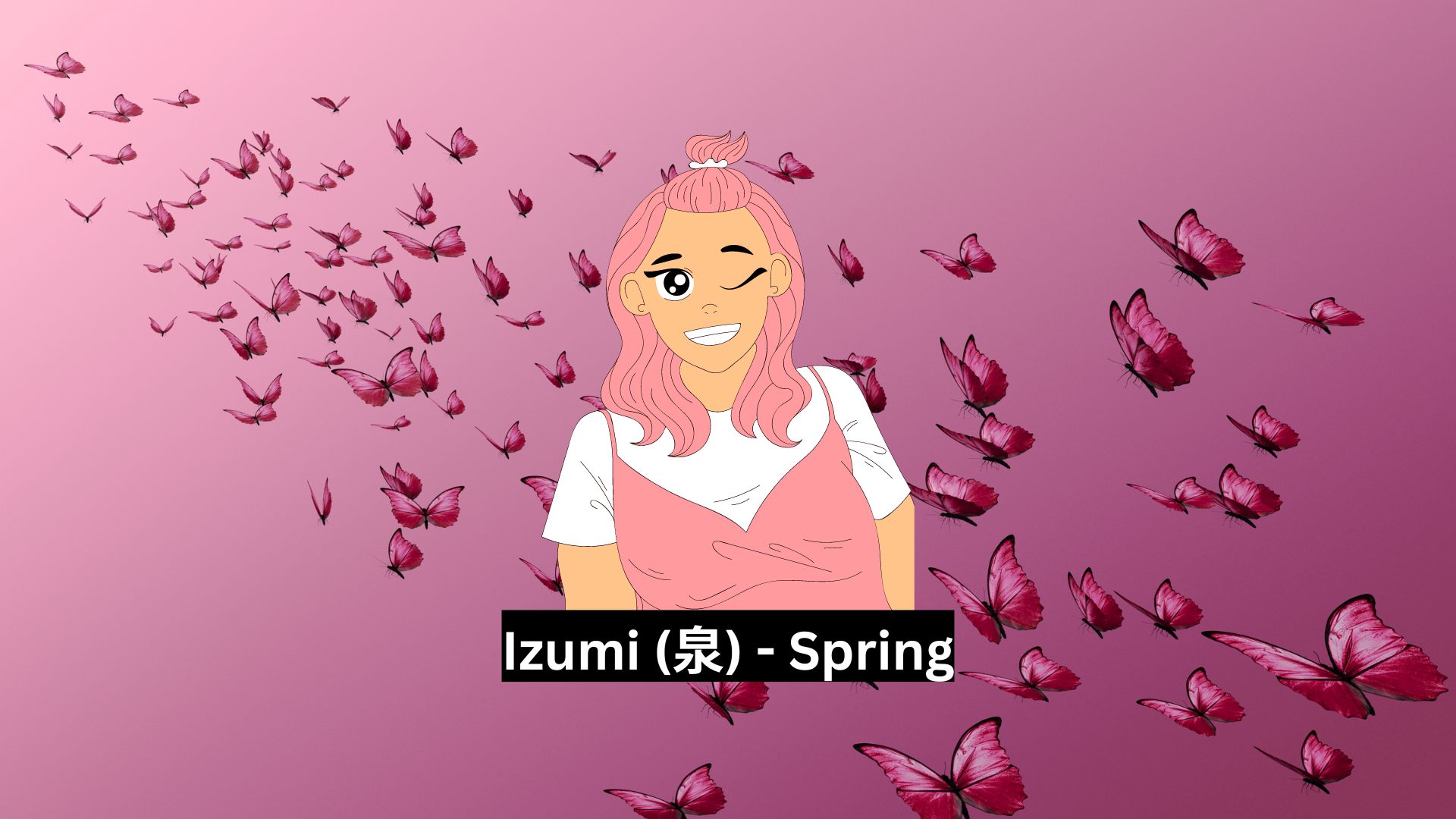
- Kayo (佳代) – Beautiful generation, like butterfly life cycles
- Mina (南) – South, where many butterflies migrate
- Oki (沖) – Offshore, like butterflies carried by the wind
- Ryo (涼) – Cool, like a butterfly’s touch
- Toki (時) – Time, marking a butterfly’s short lifespan
- Yume (夢) – Dream, as ethereal as a butterfly’s flight
- Ayu (鮎) – Sweetfish, sharing waters with butterflies
- Gin (銀) – Silver, like the sheen on some butterfly wings
- Juni (純位) – Pure rank, like a butterfly’s place in nature
- Kuri (栗) – Chestnut, its flowers attract butterflies
- Miyu (美優) – Beautiful gentleness, like a butterfly’s landing
- Ran (蘭) – Orchid, a flower visited by butterflies
- Sumi (墨) – Ink, like the dark markings on some butterflies
- Yuzu (柚) – Citrus, its blossoms attract butterflies
Conclusion
Looking over the names we’ve talked about, it’s clear that each one captures something special about butterflies in Japanese culture. Take Chouko, which means ‘butterfly child,’ or Kochou, which stands for transformation. These aren’t just names; they carry deep cultural meanings and show off nature’s beauty.
Names like Ageha focus on the butterfly’s looks, while names like Hana highlight where they live. Each name tells a story about beauty, growth, and toughness. Picking one of these names for a child could remind them of the fragile yet strong nature of butterflies. It’s like giving a gift filled with beauty, tradition, and hope.
Don’t forget to bookmark our site TheJeepDiva.com for more such articles of names ideas.

Fahmea Shorok is a well-traveled writer who focuses on entertainment journalism. Her work reflects her journeys and showcases her flexible writing style. She explores local art scenes wherever she goes, giving her readers a close look at the entertainment found around the world in theaters, movies, and art galleries.

